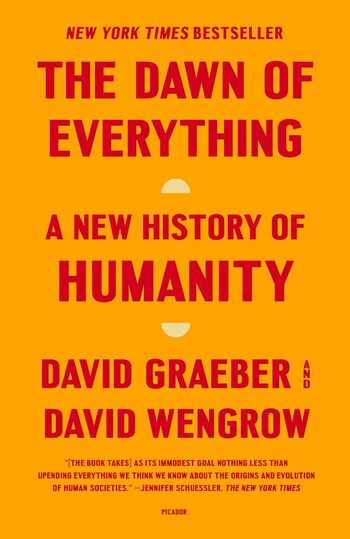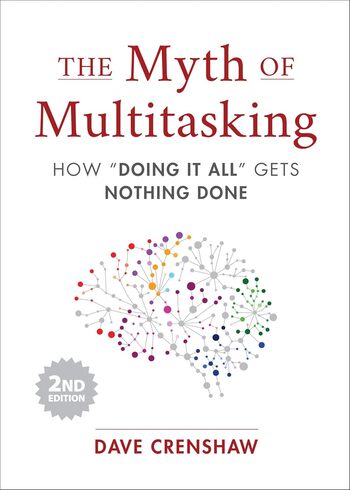
The Bitcoin Standard explores the history and mechanics of money, examining how Bitcoin functions within the existing financial system, and its potential as a form of ‘hard’ digital currency.
Main Lessons
- Understanding traditional financial systems helps contextualize Bitcoin.
- Bitcoin provides a decentralized payment network without trusted intermediaries.
- Hard money like Bitcoin and gold is costly to produce, which preserves value.
- Investment returns differ from money as they involve risk and lower liquidity.
- Inflation affects long-term value preservation; Bitcoin’s supply is capped.
- Prices are crucial for economic communication and market coordination.
- Societies with stable currencies tend to develop long-term thinking.
- Government interference in pricing often causes economic inefficiencies.
- Economic stability relies on balanced societal spending levels.
- Stable money can limit government’s ability to finance conflict.
- Bitcoin rewards miners directly in its currency, aligning incentives.
- Volatility is common in nascent asset classes before institutional adoption.
- Bitcoin mining converts electricity into cryptographically secured records.
- The absence of intermediaries reduces fraudulent transaction risks.
- Widespread blockchain adoption necessitates economic benefits over traditional systems.








